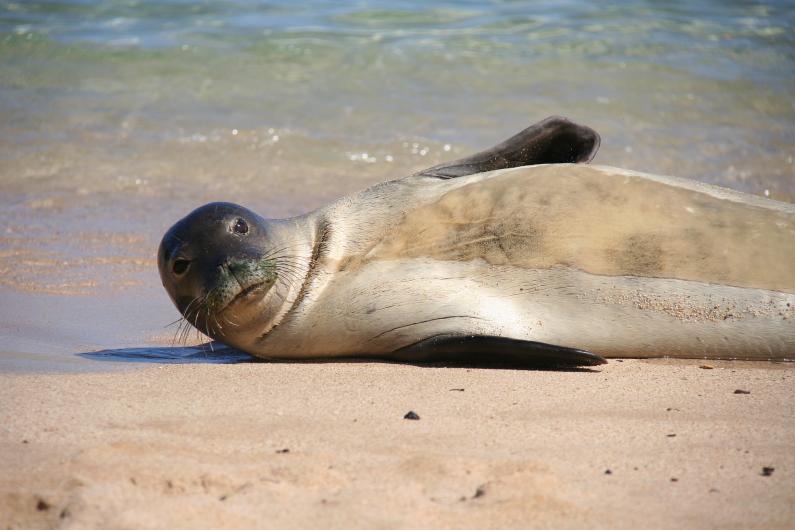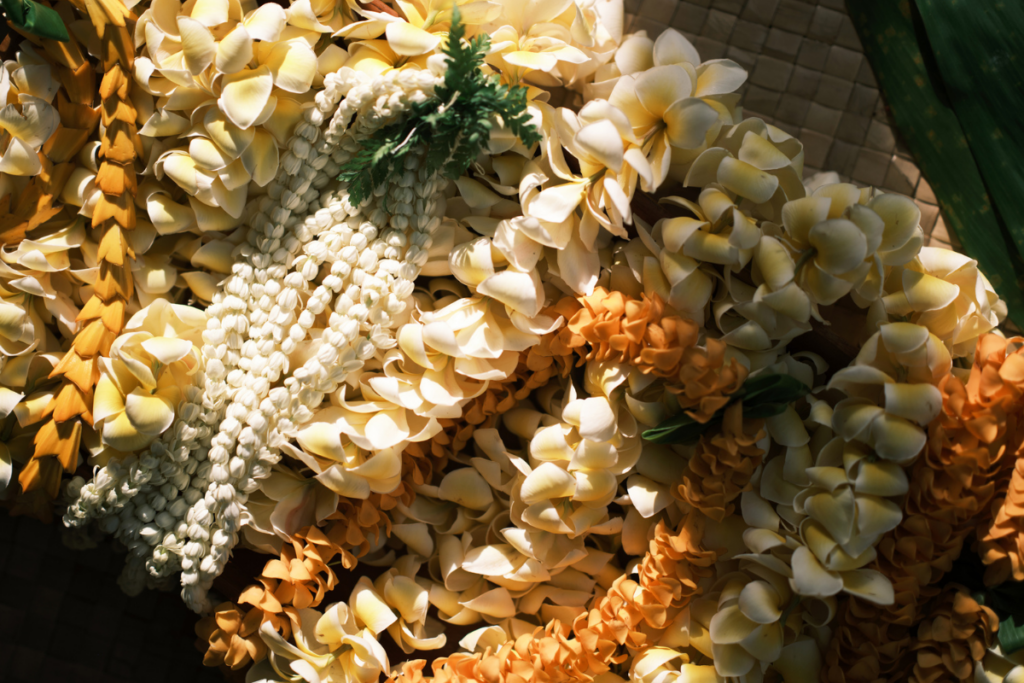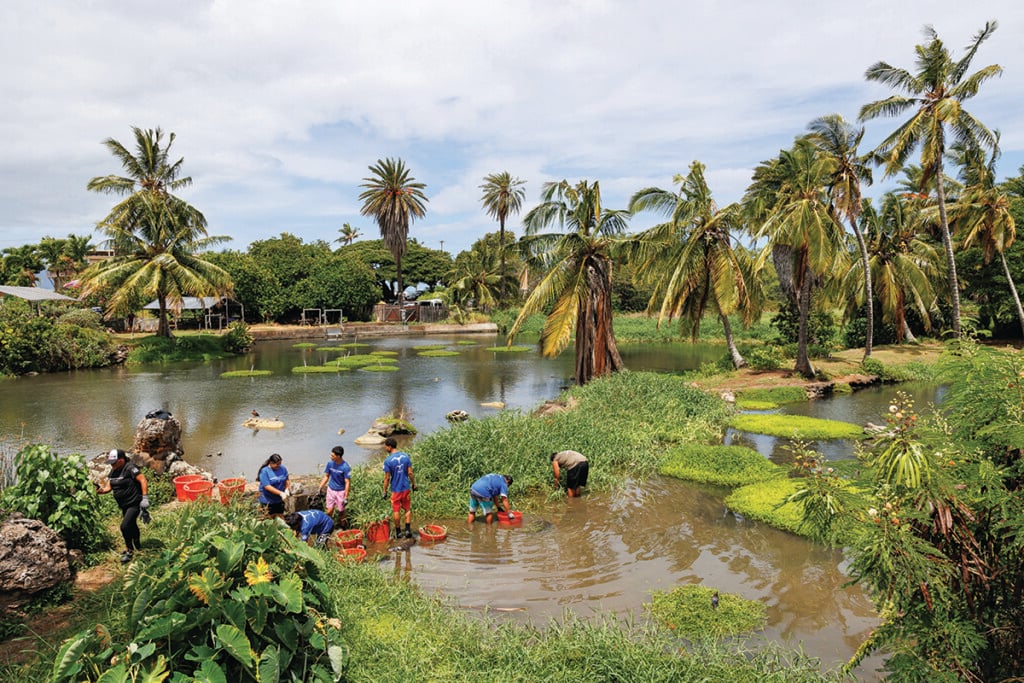15 Hawaii animals that need their own Pixar movie already
Hawaii is home to so many cute and endearing creatures that Pixar could base all of their movies for the next decade on them.

Hawaii is home to so many cute, unique, fascinating, enigmatic, endearing … and did we say cute? … creatures that Pixar could base all of their movies for the next decade on them. Here’s a little about each and some possible adventures fit for the silver screen.
1. Hawaiian monk seal
Just look at that face! This earless seal is an endangered species and is one of the only mammals native to the Islands. Hawaiians called these animals ʻIlioholoikauaua, which means “the dog that runs in rough water.” There are only about 1,060 left in the annual decline of the population and a constant focus of marine conservation efforts, however an encouraging development shows there’s been small growth in the monk seal’s sub-population within the Main Hawaiian Islands.

Plot summary: An intrepid baby seal in the Northwestern Hawaiian Islands makes a daring quest to reach the beaches of Niihau after hearing of the mythic increase of long lost friends and family in the Main Hawaiian Island chain.
2. Humuhumunukunukuapuaa
The official state fish of Hawaii, this tropical reef fish, which means “triggerfish with a snout like a pig” in Hawaiian, is identifiable because of its blue teeth and lips. When racing away from predators it makes grunting sounds and has the ability to blow out jets of water from its mouth when sifting for food. It’s a fairly solitary fish and described as somewhat aggressive and doesn’t like to stay in the same vicinity as members of the same species.

Plot summary: Having one of the longest words in the Hawaiian language for a name, the humuhumunukunukuapuaa’s personality has hardened to people constantly butchering his name. He feels like no one is taking the time to truly get to know him! Will he stop constantly retreating from the world as he often does to let the other fish in? A story of patience and understanding.
3. Iiwi (Hawaiian honeycreeper)
The scarlet honeycreeper has a curved bill that helps it feed on the nectar of the Hawaiian lobelioids (bellflowers) which have decurved corollas, but has since switched to ohia lehua blossoms once the bellflowers began to decline in the 1900s. The bird hovers in flight similar to a hummingbird and can be found in colonies across Hawaii, except for Lanai.
Plot summary: All the other birds are mistakenly intimidated by the iiwi because of her constant Resting Beak Face. But she’s not as menacing as they perceive her to be at all! To prove her friendliness she starts collecting as much nectar from the ohia trees as possible to throw a huge pau hana (after work) happy hour at her nest.
4. Hawaiian boxer crab
The Hawaiian name for this crab is kumimi pua, which translates to “inedible flower crab.” This ties into its contemporary nickname, the pom pom crab or boxer crab, because it carries around stinging sea anemones in each claw, kind of like a cheerleader or prize-fighting boxer, to ward off predators and stun its prey.

Plot summary: The Hawaiian boxer crab and a sea anemone have been rivals at opposite ends of the sandbox since childhood. But as they get older they realize they must come together and put their differences aside for an even bigger threat: surviving adulthood.
5. Kalihi brush-tailed rock wallaby
Inhabiting a small section of Kalihi valley, the super elusive wallaby was established on Oahu after they escaped the home of an “illustrious financier” in Alewa Heights in 1916. There are believed to be 40 all together. Rare sightings are made every few years to this day.
Plot summary: A retelling of the original two wallabies who cleverly escaped the confines of their cages at the turn of the 20th century. A thrilling adventure of man versus wallaby versus nature. The male is voiced by Leonardo DiCaprio. It’s a period piece.
6. Pueo (Hawaiian short-eared owl)
This endemic short-eared owl is unlike other owls in that its particularly active in the day. The pueo is often revered in Hawaiian culture as an aumakua or family ancestral spirit.

Plot summary: A young Native Hawaiian boy on Maui is told by his grandparents that their aumakua is the Pueonuiakea, an aumakua specific to Maui, that guides individuals back to their homes. He never believed the legend until one day while lost in the Hakalau Forest this pueo appears and such begins a journey of self-discovery.
7. Happy-Face Spider
Nananana makakiʻi, the Hawaiian name for this spider means “mask/image face spider” and it’s easy to see why its named so with a single glance. Only found in Hawaii, they’re pretty small, about a quarter of an inch. Scientists have found that the genes controlling these spiders’ patterns are unique to each island. The evolutionary thought behind the “smiley face” hasn’t been officially concluded, though on popular theory is its bright colors and discordant pattern are used to scare off predatory birds.

Plot summary: The most optimistic spider in all of Hawaii suffers an unexpectedly hard day. Nothing is going right, but he doesn’t know how to express it! A story that reminds we can’t always tell what’s someone is going through if we just take them at face value.
8. Honu ea (Hawaiian hawksbill sea turtle)
This cousin to the common Hawaiian green sea turtle is more rare and protected on three beaches along Hawaii Volcanoes National Park. The males never come to shore; females do to nest. Technically, Pixar already featured one as Crush in “Finding Nemo” and who would disagree he and his friends need their own fully-dedicated 90 minute adventure?

Plot summary: The perilous journey a single newborn honu ea hatchling among hundreds as they makes their way to the sea from its nest on the sand. There are many obstacles along the way including crabs, birds and mongooses. In the ocean large sea creatures serve as prey. Its like “The Hunger Games” of turtles and everyone is volunteering as tribute.
9. Oopu (Hawaiian stream gobies)
There are five species of native freshwater stream fish (four endemic and one indigenous): oopu hiu kole or oopu alamo, oopu nopili, oopu nakea, oopu naniha and oopu akupa or oopu okuhe. They all have distinctive markings and the ability to cling to rocks, waterfalls and climb upstream.

Plot summary: It’s the annual Waterfall Olympics on Hawaii Island as four oopu (the oopu akupa/okuhe can’t climb above waterfalls or fast flowing stream sections) train all year to bulk their muscles and compete to climb a 330 feet tall waterfall.
10. Kamehameha butterfly
The state insect of Hawaii, the Kamehameha butterfly is one of two endemic Hawaiian butterfly species.

Plot summary: The delicate butterfly whose Hawaiian name is pulelehua has something of an inferiority complex. There’s a Hawaiian phrase, hoolehua, which means “to act the butterfly, to talk much but say little.” It’s how all the animals in the kingdom describe him and now he must prove he can live up to his royal name through his actions, not just frivolous words. The pressure!
11. Hawaii’s never-before-seen octopus
This year, 4,000 meters below sea level, scientists discovered what researchers with are calling the deepest dwelling octopus yet discovered. Social media has named it “Casper, the friendly cartoon ghost” because of its lack of pigment cells and adorable looks.
Plot summary: With no official name yet, we observe the quiet, solitary life of this recently discovered specimen. It’s like “Wall-E” set on the vast floor of the Pacific Ocean.
12. Alala (Native Hawaiian crow)
Extinct in the wild for 14 years, all alala (114 total) are currently conserved and part of a breeding program on Hawaii Island.

Plot summary: The story of its release back into the Hawaiian wilderness later this year is a move in and of itself! http://westhawaiitoday.com/news/local-news/alala-be-released-wild-later-year
13. Nene goose
Endemic to Hawaii, it’s the rarest goose in the world. Post-European contact, the thriving geese population dwindled down to just a startling 30 by 1952. In 2002 it was successfully reintroduced into the wild. Today there are 2,500.

Plot summary: On the brink of extinction, this mid-century story follows a nene recounting to her grandchildren a love story between herself and their grandfather as they left captivity to make a life in the wilderness of Kauai. It’s like “Titanic,” but star-crossed geese who fall in love amid a sinking population.
14. Hawaiian hoary bat
Yes, Hawaii has a native bat. The opeapea (“half-leaf) in Hawaiian gets its name from the frosted white fur on its back which resembles half of a kalo (taro) leaf. Its ears are tinged white, giving it a frosty, hoary (grayish-white) look.

Plot summary: The incredible story of how these bats may have come to colonize these islands prior to the first settlers considering bats don’t migrate thousands of miles nonstop like birds. Was it a wayward storm that helped blow them along? Or happenstances like driftwood that the bats landed on between flight? Like their little known world it’s a mystery fit for a movie.
15. Humpback whale
You can’t talk about the splendor of animals sighted in Hawaii and not include the kohola (humpback whales) that migrate through the Islands. From late December to early May, thousands put on a majestic showcase, breaching above the water.
Plot summary: An extremely shy humpback whale wants nothing to do with breaching the surface. Ever. In fact, being the center of attention terrifies him! With the help of his friends, he learns to loosen up and see what’s above the water for a brief second, changing his outlook on life.


